How to Maintain and Clean Your Kids Slide
Kids slide is a beloved addition to many backyards and play areas. They provide endless hours of fun and physical activity for kids of all ages. However, like any outdoor equipment, they require regular maintenance and cleaning to ensure both longevity and safety. In this blog post, we’ll explore essential tips for keeping your toddler slide in top condition.
Routine Maintenance for Kids Slide
Routine Inspections
Regular inspections are the cornerstone of slide maintenance. Check for any loose bolts, screws, or hardware that may need tightening. Ensure that the kids slide is securely attached to its base or platform. Inspect the slide’s surface for cracks, sharp edges, or any signs of wear and tear.
Cleaning the Surface
Before delving into the maintenance details, start by cleaning the kids slide’s surface. Use a mild detergent or soapy water and a soft brush or cloth to remove dirt, grime, and any accumulated debris. Rinse thoroughly with clean water and allow it to dry completely.
Lubrication
To maintain smooth sliding action, apply a silicone-based lubricant to any metal or plastic joints, hinges, or moving parts. Avoid using petroleum-based products, as they can attract dirt and dust.
Repainting and Surface Repair
If you notice chipped or peeling paint, consider repainting the kids slide using non-toxic, outdoor-grade paint. This not only restores its appearance but also helps protect the material from UV rays and weather damage. For plastic slides, check for any cracks or holes that may need patching with a compatible repair kit.
Rust Prevention
If your kids slide has metal components, keep an eye out for rust. Promptly remove any rust with a wire brush, and then apply a rust-resistant paint or primer to prevent further corrosion. Rust can weaken the structure and pose safety hazards.

Seasonal Considerations in Kids Slide
Weather Protection
During extreme weather conditions, such as heavy rain or storms, consider covering the toddler slide with a weatherproof tarp or slide cover to protect it from the elements. Remove the cover once the weather improves to allow for proper drying.
Insect and Pest Control
Regularly inspect the toddler slide for signs of insect nests or infestations, such as wasp nests or ant colonies. Safely remove any pests and their nests to prevent damage and ensure a safe play environment.
Cleaning Frequency
Establish a regular cleaning schedule for the toddler slide , such as once a month or as needed. Consistent cleaning can help prevent the buildup of dirt and grime, making maintenance tasks easier.
User Guidelines
Create a set of rules and guidelines for toddler slide use. Educate children about the importance of following these rules to ensure their safety and the longevity of the slide. Encourage responsible play and discourage roughhousing or climbing on the slide’s exterior.
Replacement Parts
Keep a supply of replacement parts on hand, such as bolts, nuts, and plastic caps, in case any become damaged or lost. Promptly replace any worn or missing parts to maintain structural integrity.
Seasonal Maintenance
Different seasons can bring different challenges for kids slides maintenance. In winter, be mindful of ice and snow accumulation, which can add weight and strain to the structure. Clear away snow and ice carefully to prevent damage. In autumn, remove leaves and debris regularly, as they can trap moisture and promote mold growth.
Safety and Education of Kids Slide
Secure Anchoring
Ensure that the kids slide is securely anchored to its base or platform. Loose or unstable slides can lead to accidents. Check all anchor points and fasteners regularly to prevent wobbling or shifting.
Sun Protection
Prolonged exposure to sunlight can cause fading, warping, and deterioration of kids slides materials. Consider providing shade or using a slide cover when the slide is not in use. This can also help keep the slide cooler on hot days, reducing the risk of burns.
Safety Surface
Evaluate the area around the kids slides for safety surfacing. Using materials like rubber mulch, sand, or soft grass can cushion falls and reduce the risk of injury. Regularly replenish and level the safety surface as needed.
Age-Appropriate Use
Ensure that children using the kids slides are within the recommended age range specified by the manufacturer. Slides designed for older children may have different safety features or weight limits than those intended for younger kids.
Emergency Response Plan
Develop an emergency response plan that outlines what to do in the event of an accident or injury on the kids slides. Ensure that parents, caregivers, and children are aware of this plan and how to contact emergency services if needed.

Information and Professional Help
Stay Informed
Stay informed about any recalls or safety updates related to your specific kids slides model or brand. Manufacturers may issue recalls or provide maintenance recommendations to address safety concerns.
Professional Inspection
Periodically seek the services of a professional playground inspector or technician to assess the condition of the kids slides and its components. They can identify any potential safety hazards or maintenance needs that may not be immediately visible.
Supervision and Education
Teach your children the importance of safe play and proper sliding techniques. Encourage them to use the slide responsibly and to avoid behaviors that could lead to accidents, such as climbing up the slide instead of using the ladder or steps.
Regular Use
Surprisingly, one of the best ways to maintain a slide is to use it regularly. Occasional use can lead to moisture buildup and deterioration. Encourage your children to enjoy their slide as often as possible, weather permitting.


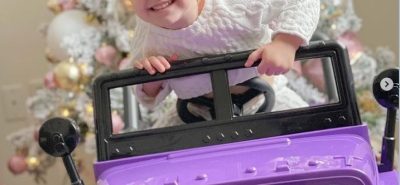
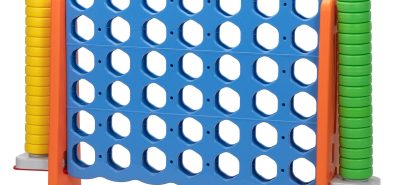

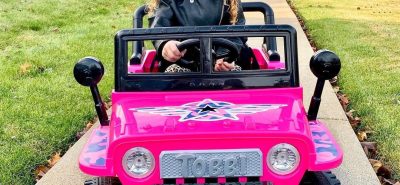
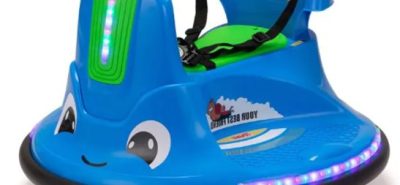
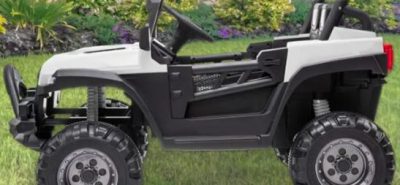

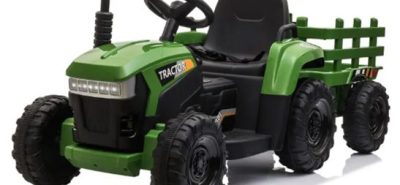

LEAVE A COMMENT
You must be logged in to post a comment.